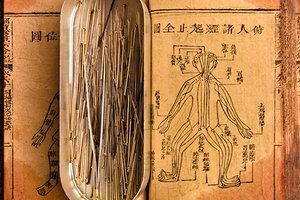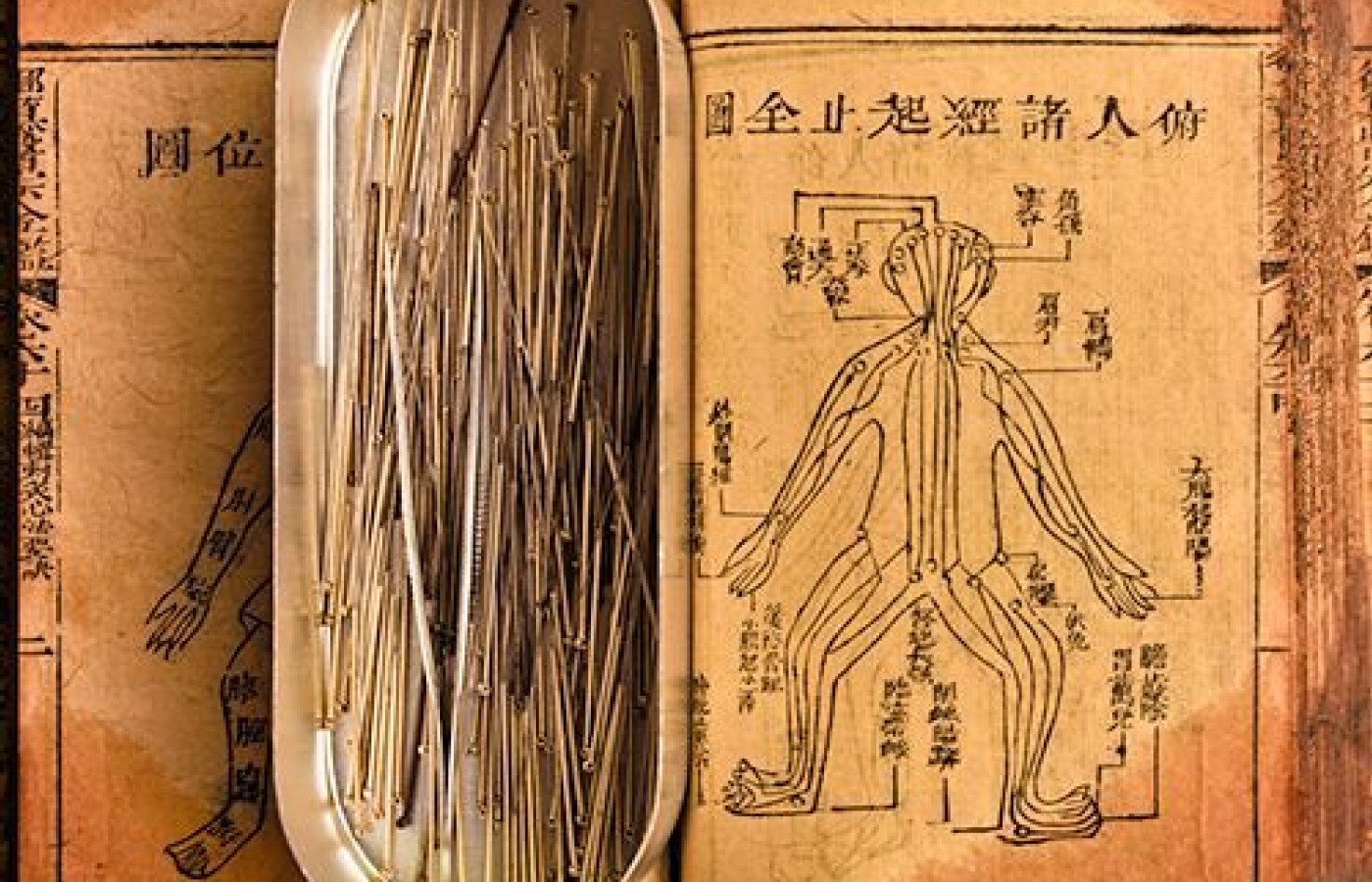One of the longest nerves in the body is known as the vagus nerve (VN). The VN is the 10th pair of cranial nerves that originates at the brain stem in the medulla oblongata. This nerve is part of the parasympathetic nervous system, which is a part of the ANS. Research suggests ear acupuncture can activate the VN.
How Can Dry Needling Compete With TCM?
The topic of dry needling is one of the most controversial topics in the field of contemporary Chinese medicine and acupuncture. In this column installment I will discuss some important ideas for practitioners of TCM and acupuncture to ponder in relation to the often perceived "threat" of dry needling.
Not a week goes by now without someone asking me if I am concerned about the effect dry needling will have on the field of professional Chinese medicine/acupuncture. This is not an easy topic to address in a simple manner. I have no desire to argue if dry needling is acupuncture or if acupuncture is dry needling. What I would like to touch upon are some fundamental concepts which make the approach of TCM unique in relation to the field of dry needling. In my opinion, this idea of the uniqueness of TCM seems to be getting lost in the arguments over dry needling.
In the past two years I have seen many patients in my clinic who are referrals from medical practitioners implementing dry needling in their respective therapies. In all cases, the patients always comment on how my acupuncture "feels so different" than their past experiences of dry needling. All the aforementioned referrals were due to pain scenarios and all of the respective practitioners were dry needling areas of acute pain only.
The TCM Difference

It's not a surprise to me for these patients to have unique experiences with my acupuncture. I do not offer any special secret techniques, no special cupping, no special ancient burning moxa, and no electric stimulation. But what I do offer is my full attention to the unique expressions of their pain and frame these unique expressions in TCM pattern differentiation via subjective symptoms, tongue and pulse as well as connect their unique pain expressions to the channels / meridians of Chinese acupuncture theory. It seems as if this is now considered special!
I am aware that many schools of acupuncture do not use TCM differential diagnosis. However, in my clinic, I always use the therapy of acupuncture within a diagnostic worldview of TCM pattern differentiation. As a result, it is not surprising for patients to experience "something different." They are often surprised to see that I am not needling directly into the area of pain and perhaps even treating an entirely different area of the body.
They find TCM channel theory fascinating and describe how these ideas were not discussed during the therapies of dry needling. I find this situation very inspiring as it allows me to introduce unique ideas from the worldview of Chinese medicine and how these ideas may offer insight into protocols which can assuage the patient's unique pain experience. In all of these referral cases, the patient and I discovered some unique clinical clue revealed by viewing their pain via the lens of TCM differential diagnosis. This unique experience did not occur during their dry needling session. I find this inspiring.
Another Characteristic Difference
When they express that this style of acupuncture feels different, the most common reason offered is that the needle sensation is "stronger" and "more intense." This is due to unique techniques of needle manipulation based upon TCM channel theory not secret magical techniques. When I explain these theories of needle manipulation to patients they often reply surprisingly "and you can do this without electricity?" This is once again a unique opportunity to educate the patient on the unique worldview of Chinese medicine.
These are two extremely simple examples of how acupuncture practiced within the diagnostic world view of TCM dramatically differs from dry needling. This is what I find exciting about the encounter between dry needling and acupuncture. I see it as an opportunity to educate patients and allopathic-minded clinicians on the unique worldviews of TCM. Surely some clinicians and patients will not be open to the ideas of TCM. This is to be expected. Acupuncturists and practitioners of TCM should however not live in fear of dry needling. Rather practitioners of TCM and acupuncture should emphasize the characteristics which make their practices unique and patient centered.
I do agree that it is very important for respective professional organizations to discuss the appropriate levels of training required for the administration of dry needling and acupuncture for the safety of patients. Yet I do not believe that acupuncturists need to live in a state of paranoia thinking that dry needling will make acupuncture obsolete.
The clinical encounter is a time for the practitioner to compassionately and actively listen to the patient's unique expressions of disharmony. Instead of spending excess time worrying about the impact of dry needling on the field of acupuncture, acupuncturists should perhaps improve listening skills, improve his/her ability to implement effective motivational interviewing skills into the clinical examination to more effectively uncover patterns of disharmony, and study unique needle manipulations techniques related to TCM channel theory which can help improve clinical results. These three areas of study are some of the most important topics for acupuncture clinicians to constantly study and refine.
This short column installment is not meant to be dismissive or naïve concerning the issue of dry needling. Rather I hope these ideas stimulate clinicians to move away from fear and paranoia and into areas of patient-centered and practiced-based study to consistently improve their clinical results in order to improve patient's lives.



